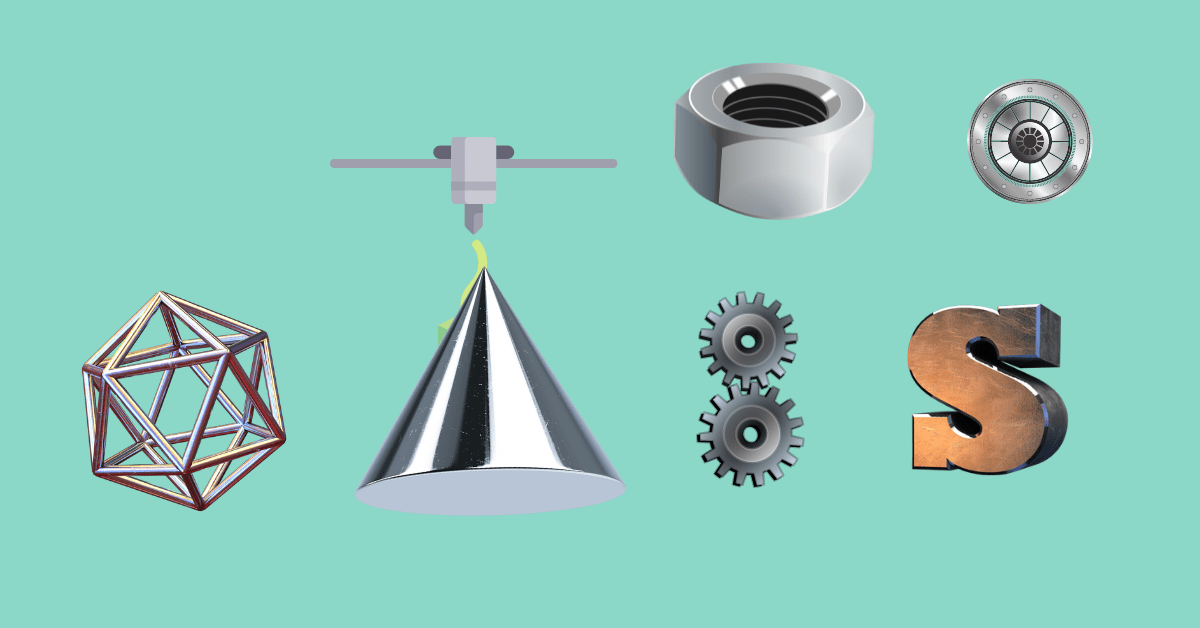What is the difference between a normal printer and a 3d printer?
This question is one of the most asked questions on google. It’s being answered by many resources. But, i want to know what kind of answer (pros and cons) you got when you asked your self this question.
So let me start with some differences: A conventional printing process forms layers using linear or rotational movement; an additive, or 3D printing processes follow a slightly different model in that layers are built sequentially from the ground up (rather than across as with 2D printing).
3D printers typically build models by extruding melted plastic filament through a “hot end” onto a solid base, such as a flat sheet of glass. Some printers allow the user to substitute alternative raw materials, such as metal wire.
The majority of 3D printing processes involve an initial slicing of a 3D model file into layers at a particular layer thickness and saving each layer to a separate file that is then sequentially stacked together. Many software packages have been developed for converting the most common 3D model formats (.stl files) to slices (which are typically saved in .gcode format). — WikiPedia
There are mainly two types of printers: FDM printers and SLA printers. Both use one material, or both can use different materials at once. The difference between them isn’t too big because it only metiones how the model is build from the bottom up.
In both cases a 3d model is sliced into layers and those slices are then transfered to a printer that builds those layers on top of each other. In FDM printers plastic filament is used, in SLA prints resin is used. The next difference between these types of printers would be quality. Most FDM printers can only print with one material at once, but most SLA printers can use more than one material (which makes them able to achieve many different colors or even object transparency). Nowadays there are also metal FDM printers available, but their price stays high compared to plastic ones.
The printing time changes per amount of materials you want to print with because every layer needs some time. The amount of layers needed increases the printing time also because every layer needs a new slice from the model.
In normal FDM printers there are mainly two metals that can be used: PLA and ABS. In SLA printers you find many more materials to print with, but that’s due to their bigger printer size compared to an FDM printer. PLA is a bioplastic which means it’s made out of plants (usually corn), so in theory it’s recyclable when printed objects have reached their end of life. It can’t stand very high temperatures though, so for safety reasons don’t use it in ovens or near fire 🙂
Known materials for 3d metal printing: – steel – aluminium – brass – bronze – copper – stainless steel – silver
Because metal 3d printers are still a young technology, there is no price list available for them. The market prices of a normal FDM printer will give a rough idea though. For example a FDM printer with high print quality and high printing speed costs around 2k euros. SLA printers start at 5k so the metal ones also need to be in this price range.
Probably one of the biggest issues is that you won’t find much support online because not many people have tried it yet and every printer is experimental. Don’t expect tutorials or people that have tried it before you because there are hardly any 🙂
That’s the most important stuff I could think of to save you some time if you’re interested about printing with metals. If something still confuses you just write a comment and I will answer your question as fast as possible!

